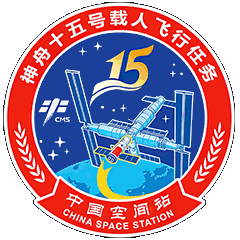The Shenzhou program is a manned Chinese space program operated by the People's Republic of China. It is directed by the China National Space Administration (CNSA). The first 4 unmanned test flights of the program took place in 1999, 2001 and 2002. The first manned mission occurred on on October 15, 2003. The Shenzhou 5 spacecraft carried Yang Liwei as the first Chinese citizen into orbit. China's early space launches take place at the Jiuquan Satellite Launch Center located in the Gobi desert about 995 miles (1,600 km) from Beijing. It is part of a complex known as Dongfeng space city. The Shenzhou 7 mission featured China's first space walk. Zhai Zhigang, wearing a Chinese-developed Feitian space suit, conducted a 22-minute space walk. It was the first ever for a Chinese astronaut. China is currently working on an orbiting space station. It is tentatively scheduled to be launched in 2015. They are also working on a lunar program, which would culminate in a manned mission to the Moon in 2025. They are also looking into the possibility of a manned mission to Mars.
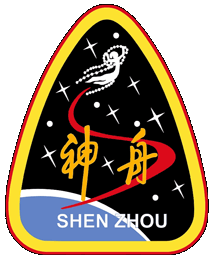
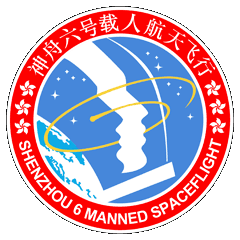
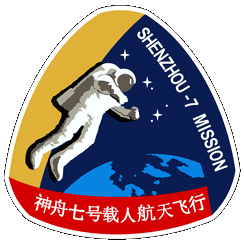
Shenzhou 5
Launch: October 15, 2003Shenzhou 6
Launch: October 12, 2005Shenzhou 7
Launch: September 25, 2008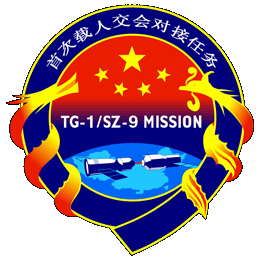
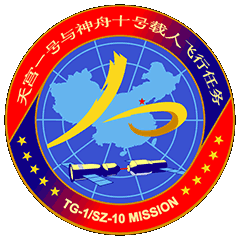
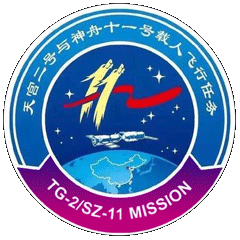
Shenzhou 9
Launch: June 16, 2012Shenzhou 10
Launch: June 11, 2013Shenzhou 11
Launch: October 16, 2016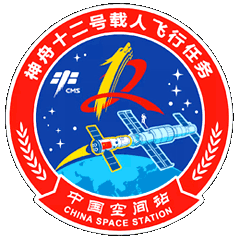
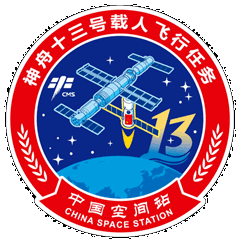
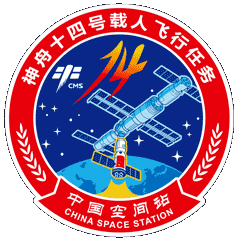
Shenzhou 12
Launch: June 17, 2021Shenzhou 13
Launch: October 15, 2021Shenzhou 14
Launch: June 5, 2022
